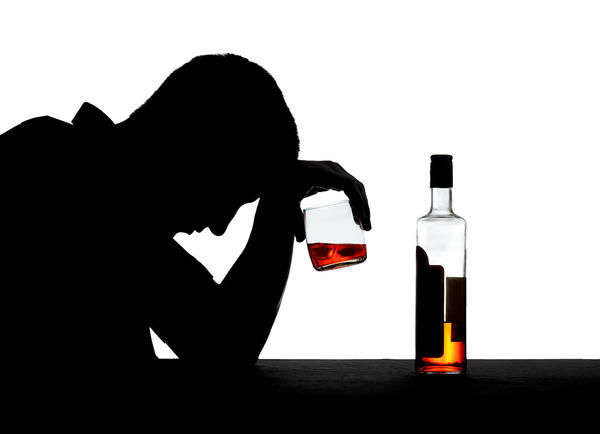
Adolescent peer groups
Karan, 15 years old, studies in the 11th standard of a prestigious English medium school in Ahmedabad. He came here from Junagadh where he lived with his parents. He was a very obedient son, would study well and scored 91 % marks in the 10th Board examinations. However, in the last 3 months, Karan has undergone a sea change in his attitude. He is disinterested in his studies, often misses school and instead is roaming around on his new Kinetic Honda. He is more interested in the new Levis jeans and what movies are going on in the various multiplexes than in algebra and trigonometry. A routine has been established of parking vehicles and sitting in a group outside a restaurant every evening. He has also a peculiar clothing style that has shocked his parents. His language has also started taking an unprecedented crudity and there is rough element to his attitude and behavior towards elders. His behavior seems to be guided more by what is the “in” thing in his group than what he really wants to do.
Karan is a vulnerable adolescent who has found his solutions in peer conformity. In adolescence, there is a high degree of involvement in groups and this brings about certain personality changes. This fact is well acknowledged and some see this as an opportunity for the growing adolescent to move into adulthood and learn to accept the world as more than just what is taught by their parents. It is seen as a way of learning from peers. Some see this as a danger to society as reprehensible behaviors are promoted through such groups. The phenomenon of deep involvement serves to ward off anxieties and fulfill the need of belonging. It fulfils the need of having a “cause” for one’s behavior. It also allows the adolescent to sublimate individual needs to the need of the group and thus learn acceptance of alternative solutions without being dejected or anxious. Also this age is such that along with the hormonal changes of puberty, the adolescent is highly vulnerable to environmental influences and this may be discontinues with the past. The peer groups can affect his morals, ethics and conscience and make it more permissive than before. This can result in a direct manifestation of desires without remorse or anxiety. Karan, in order to conform to the group practices, has unquestioned loyalty to the group and a sense of self-sacrifice, which can lead him to lose sight of some very fundamental precepts. He would lose his perspective to a point where he instinctively would react to any criticism or interference with what he was doing or what his group was doing as unfair and something to be retaliated. There is an impairment of the sense of judgment in matters involving the group functioning. The criticism of the group is defended against by denial and arouses anger and withdrawal rather than evaluation. The function of decision-making is surrendered in matters of the group. Because of the focus on the group, all the energy is directed into group activities and into defensive statements regarding group involvement and so interest in individual activities wanes. The earlier relationships with parents, family members and elders are discouraged to intensify the attachment to the group and Karan may start seeing the group as a “family”. The deeper the involvement, the stronger the tie with the group becomes, the less the cathexis remains available for people and interests outside the group. The group culture has some positive connotations also. It is instrumental in guiding behavior in conflictual area like sexuality, work, sports and hobbies. It provides opportunities to expand one’s participation and provides the templates for group interactions in later life like at work place and leisure activities. The involvement becomes a problem because the other ties are sufficiently loosened for Karan to protest against the parental concern and brush it aside. It is precisely in order to loosen this tie that he needs group activities that are different from what parents want. Some upheaval with the parents – the generation gap – is a healthy and normal sign. The only question is whether the group is being helpful in the long run as well as the short run. The involvement in a group may help one to overcome certain conflicts and result in a relief of tension. What one needs to determine is the degree of involvement with the new group. Does the involvement lead to a withdrawal of not only ties with relatives but also worldly pursuits? Karan needs the group to find out new solutions and defenses, to cope up with a renewed drive and to distance himself from family so that he can move towards an independent existence in this world. He needs to find out new values and new prohibitions. There might be a temporary regression in the sense of child-like behavior as Karan gropes to cope with his changing personality. Conformity to group activities in that sense are not in that sense a sign of disturbance but in fact a requisite of normal development. However, for individuals with serious problems, the group activities may become areas of potential regressions and fixations where they may go into a regressive phase and their development is blocked.
The advice to Karan and his caretakers is not to be overtly disturbed by Karan’s attitude and behavior. A careful communication with him may allow him to imbibe from both the worlds while keeping his choices clear. In later life, the group experience may motivate Karan to carry out the tasks of his chosen occupation – not just adequately enough for him to get by, but for the sake of doing a job well. He will also learn how to function well in groups, whether in the family or on the job or in community projects. He is learning how to really listen to the suggestion of others, how to make his own suggestions in a persuasive and tactful manner, how to recognize and appreciate the particular capabilities of other individuals, how to accept the leadership of someone else and how to be a leader who inspires.



